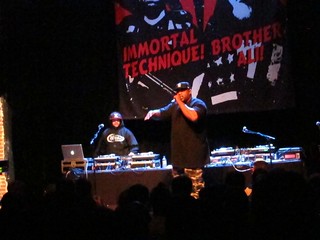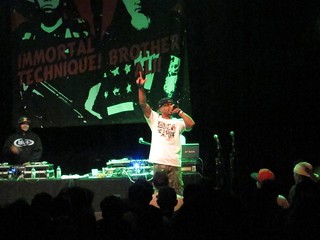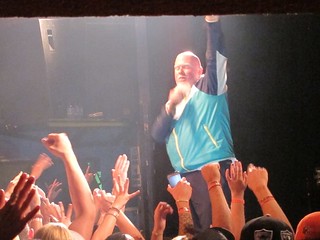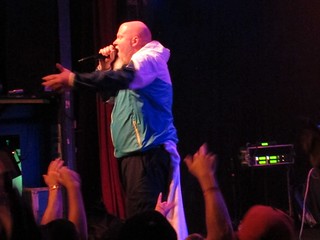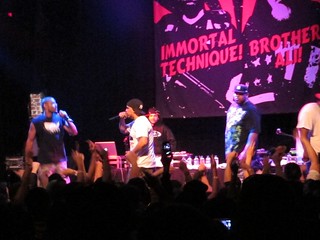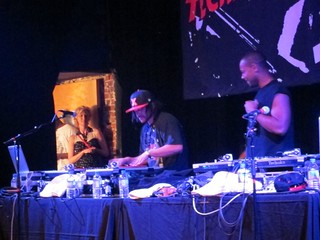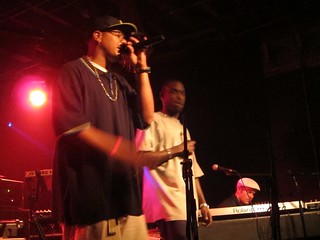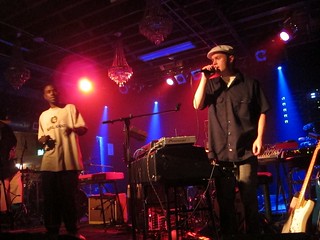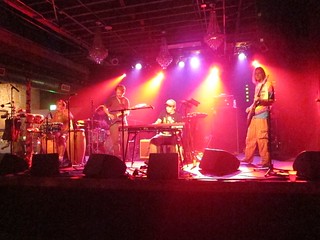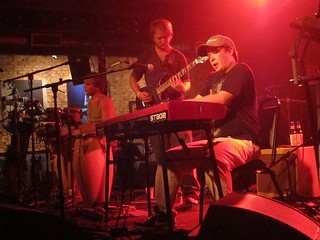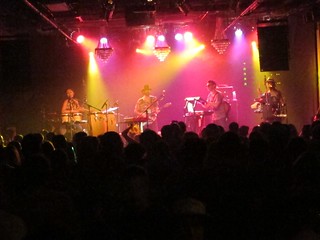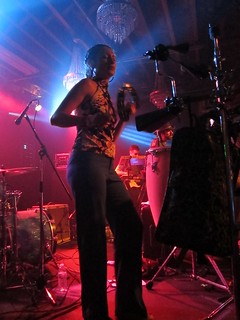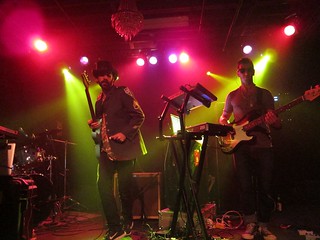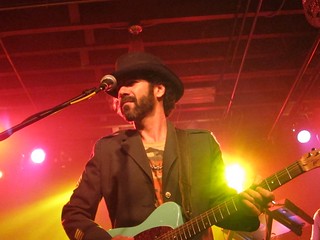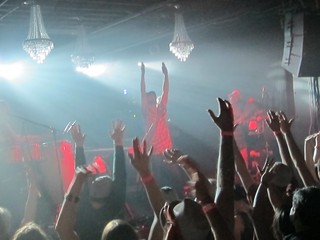Updated and appreciated, a classic made over: restated
First of all, a shout out to my oldest friend Vince, who recently gifted me with the Fantagraphics Hip Hop Family Tree. It's been great to learn more about the street side of the culture and how familiar artists fit into the narrative, as well as names I hadn't come across before. Even though "The Mexican" by Babe Ruth (1972) shows up as #17 on the "Breaks and Beats" discography in the back of Volume 1, I had never heard this unlikely influential track. It's fitting that this British prog band did their own version of sampling by incorporating Ennio Morricone's "For a Few Dollars More" into the song, but that's not really how they became so relevant to the budding hip hop scene. For that, you can thank DJs like Jellybean Benitez who keyed into the Latin beat and turned it into a freestyle/disco club hit and B-Boy favorite. Benitez went on to remix/record his cover of the song in 1984 to top the dance charts.
Now Wu-Tang Clan's GZA has taken the tune on and expanded it with his own lyrics. The original version laid out the bare bones story of Chico Fernandez, who signs on with Santa Anna's army and presumably dies in the siege of the Alamo. GZA digs deeper, painting Fernandez as an outlaw player, gunfighter and hustler. It should come as no surprise that GZA's flow maintains the edge that fans expect with taut imagery, relentless rhythm, and a compelling rhyme scheme.
Jose "Choco" Reynoso's arrangement also updates the piece. It sounds like he's pulled in elements from both the original and Jellybean's cover, but he adds his own twists, starting with layering Janita Haan's first sung line into the classical introduction as a foretaste just before it rushes into the beat and GZA's rap. Tom Morello (Rage Against the Machine) steps in with a guitar solo that provides the real musical treat. The first time around, he plays with some spaghetti Western riffs, but the second pass rips into some wicked glitched out jams before taking it home.
GZA continues working on his next release, Dark Matter, but this gem is apparently just a side gift to fans to keep us patient. Thank you, Sir. May we have another?
First of all, a shout out to my oldest friend Vince, who recently gifted me with the Fantagraphics Hip Hop Family Tree. It's been great to learn more about the street side of the culture and how familiar artists fit into the narrative, as well as names I hadn't come across before. Even though "The Mexican" by Babe Ruth (1972) shows up as #17 on the "Breaks and Beats" discography in the back of Volume 1, I had never heard this unlikely influential track. It's fitting that this British prog band did their own version of sampling by incorporating Ennio Morricone's "For a Few Dollars More" into the song, but that's not really how they became so relevant to the budding hip hop scene. For that, you can thank DJs like Jellybean Benitez who keyed into the Latin beat and turned it into a freestyle/disco club hit and B-Boy favorite. Benitez went on to remix/record his cover of the song in 1984 to top the dance charts.
Now Wu-Tang Clan's GZA has taken the tune on and expanded it with his own lyrics. The original version laid out the bare bones story of Chico Fernandez, who signs on with Santa Anna's army and presumably dies in the siege of the Alamo. GZA digs deeper, painting Fernandez as an outlaw player, gunfighter and hustler. It should come as no surprise that GZA's flow maintains the edge that fans expect with taut imagery, relentless rhythm, and a compelling rhyme scheme.
Jose "Choco" Reynoso's arrangement also updates the piece. It sounds like he's pulled in elements from both the original and Jellybean's cover, but he adds his own twists, starting with layering Janita Haan's first sung line into the classical introduction as a foretaste just before it rushes into the beat and GZA's rap. Tom Morello (Rage Against the Machine) steps in with a guitar solo that provides the real musical treat. The first time around, he plays with some spaghetti Western riffs, but the second pass rips into some wicked glitched out jams before taking it home.
GZA continues working on his next release, Dark Matter, but this gem is apparently just a side gift to fans to keep us patient. Thank you, Sir. May we have another?

 Sometimes, it seems like hip hop has become a kind of musical cilantro or bacon. It’s the hipster ingredient to add to any tired or bland project to give it a spark of relevance. Mashed up the other way, pairing a rap delivery with an unexpected backing track (Classical! Country!), the juxtaposition usually serves as an ironic in-joke. It’s not really even clever anymore, and I’ve gotten tired of strained cross-breeding that tries to pass itself off as creativity. Which brings us to
Sometimes, it seems like hip hop has become a kind of musical cilantro or bacon. It’s the hipster ingredient to add to any tired or bland project to give it a spark of relevance. Mashed up the other way, pairing a rap delivery with an unexpected backing track (Classical! Country!), the juxtaposition usually serves as an ironic in-joke. It’s not really even clever anymore, and I’ve gotten tired of strained cross-breeding that tries to pass itself off as creativity. Which brings us to  Working in the cube-farms of corporate America in 2002, pleasures were hard to come by and distraction was a blessing. I don’t even know where I first came across “
Working in the cube-farms of corporate America in 2002, pleasures were hard to come by and distraction was a blessing. I don’t even know where I first came across “
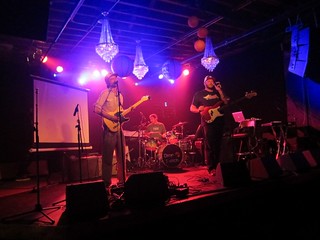
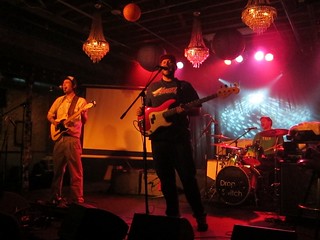
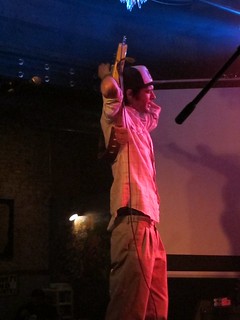




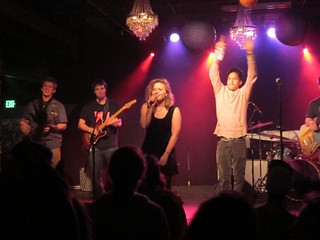
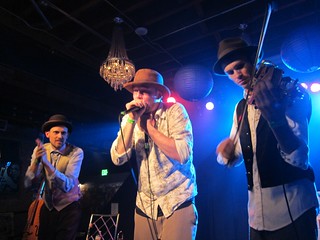





 Brothers and sisters, would you willingly throw away your crutches? The hip-hop band Whiskey Blanket has built a unique sound around their quirky mix of beatboxing, orchestral instruments, and atypical backing music.And it was just that gimmicky blend that initially hooked me to the group. Their newest album, From the Dead of Dark, shows off the band's self-confidence as they blithely discard two of those three elements: no rapid-fire beatbox rhythms and a complete absence of street-classical mashup grooves. With well-founded faith, they rely on their solid raps and musical vision to carry the album. Their last project,
Brothers and sisters, would you willingly throw away your crutches? The hip-hop band Whiskey Blanket has built a unique sound around their quirky mix of beatboxing, orchestral instruments, and atypical backing music.And it was just that gimmicky blend that initially hooked me to the group. Their newest album, From the Dead of Dark, shows off the band's self-confidence as they blithely discard two of those three elements: no rapid-fire beatbox rhythms and a complete absence of street-classical mashup grooves. With well-founded faith, they rely on their solid raps and musical vision to carry the album. Their last project, 
